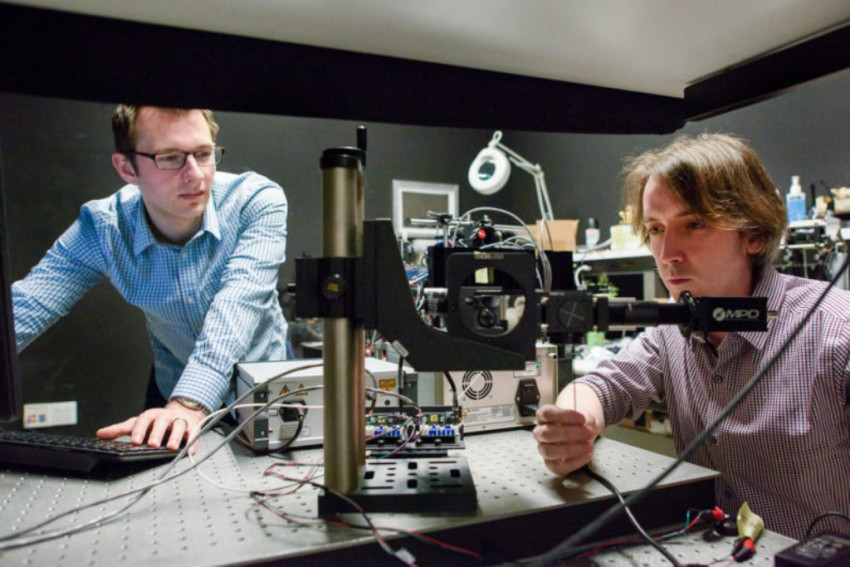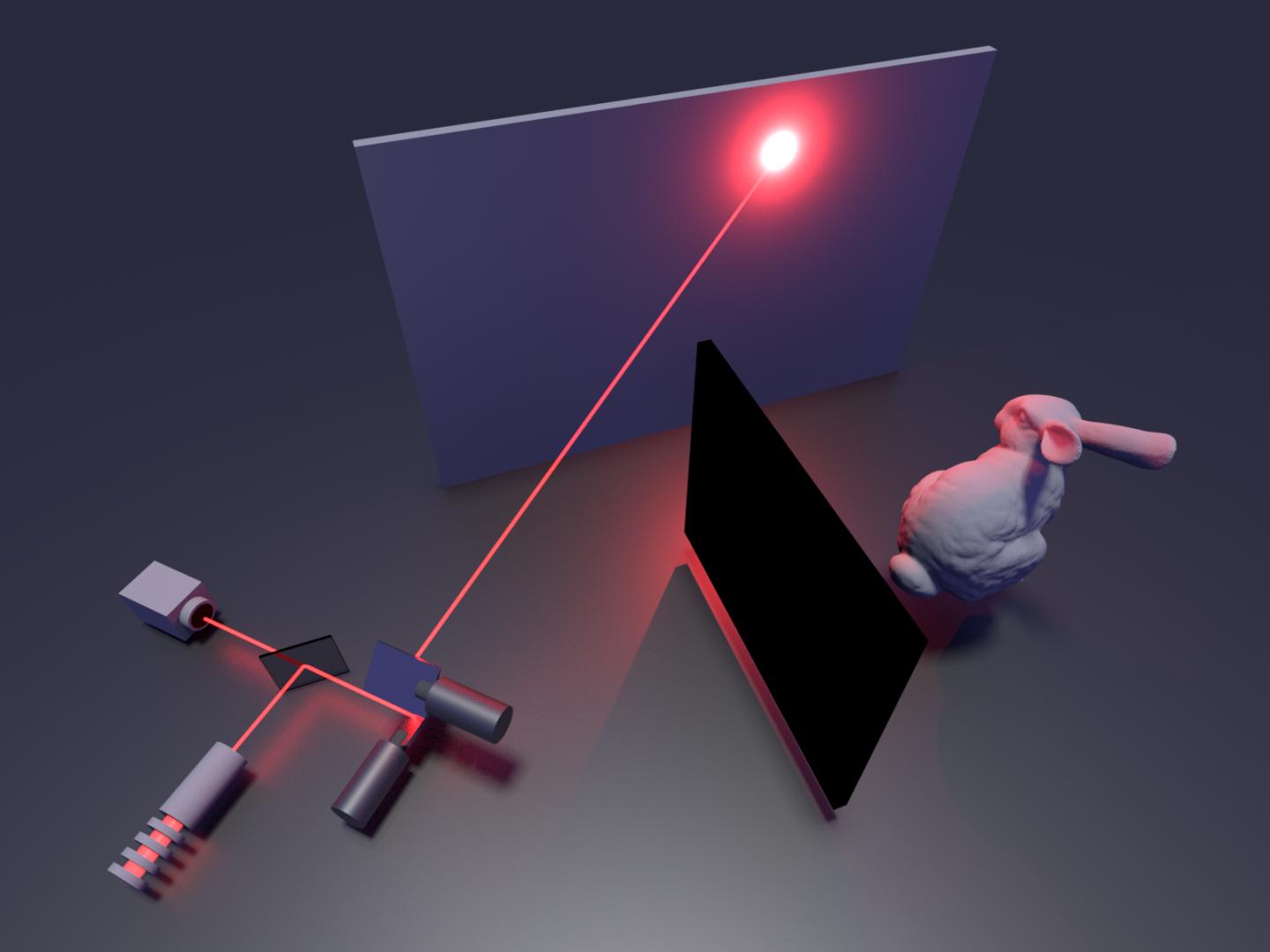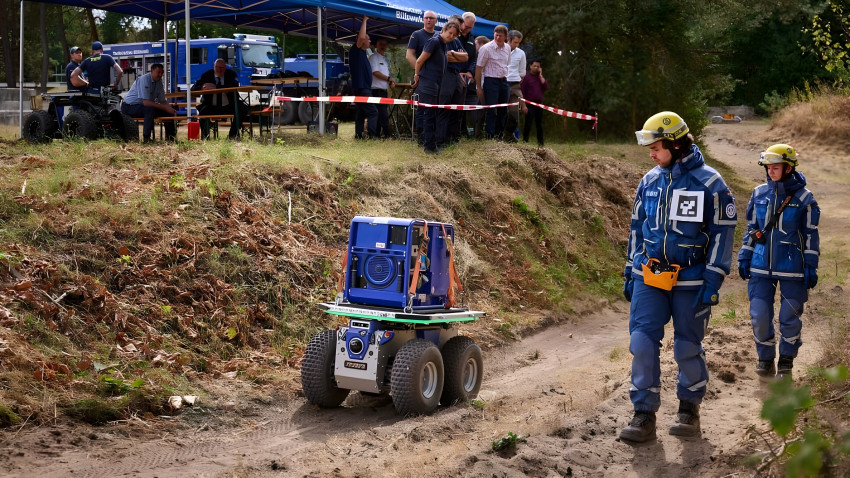
Laser sees objects hidden around corners
Devices can identify objects outside their field of vision thanks to a laser. In the future, cars will be able to recognise a child standing on the road around the next bend, for example, and will be able to brake in time.
Autonomous driving is getting closer by the day, with vehicles navigating almost independently through traffic. When an autonomous car drives round the corner, it would be useful for it to have knowledge of the objects it will encounter, before the bend. This gives it sufficient time to react.
This was the task undertaken by American researchers in developing a device that uses a laser to look around corners (Nature). ‘It sounds like magic, but the idea of non-line-of-sight imaging is actually feasible,’ says Gordon Wetzstein, Assistant Professor of Electrical Engineering at Stanford University in a press release of the university.
Only a few photons

Source: Stanford Computational Imaging Lab
The researchers at Stanford University are using a laser and a sensitive light detector, which can detect even extremely weak light, of only a few photons. They placed the devices in front of a wall, alongside an object that was screened off.
Once the laser beam comes in contact with a wall, the light reflects in all directions. If there is an object around the corner, the light collides with it and some of the light is returned to the wall. From there, it is reflected back to the light detector, located adjacent to the laser.
Reconstruction
The detector intercepts all reflected photons, including those photons reflected directly from the wall, and which therefore give no information on 'concealed' objects. However, the precise timing with which these photons move back and forth is known, allowing the researchers to simply filter them out. The remaining photons are therefore those which were indirectly reflected via an object around the corner.
Once the detector has intercepted all reflected photons, an algorithm determines the path they have taken. By combining all the information from these photons, this algorithm provides a complete image of the object around the corner.
This technology existed already, but the reconstruction of the image was slow – taking a few minutes to several hours. As such, the mechanism would obviously not be viable for use in traffic, where detection must be immediate.
The researchers have developed an efficient algorithm which produces the image within a second. In fact, it is so efficient that it can operate on a standard laptop.
Outdoors
The device has already been tested outdoors. Reflective objects around a corner, such as traffic signs, were easily detected. 'This is a big step forward for our field that will hopefully benefit all of us,' says Wetzstein.
In the tests, however, the system struggled to detect objects which barely reflect light. A person wearing a dark coat is difficult to detect for example, while this is precisely a situation in which this technology would come in handy.
That is why the researchers are now working on improving the system, so it can cope with the variation posed by real life. It must also be functional in sunny weather for example, when it is difficult to identify the small number of reflected photons within the large general volume of light.
Once the team can eliminate such obstacles, the system will be ready for traffic testing.
If you found this article interesting, subscribe for free to our weekly newsletter!
Opening image: artistic interpretation of the design. Credits: Stefani Billings.







